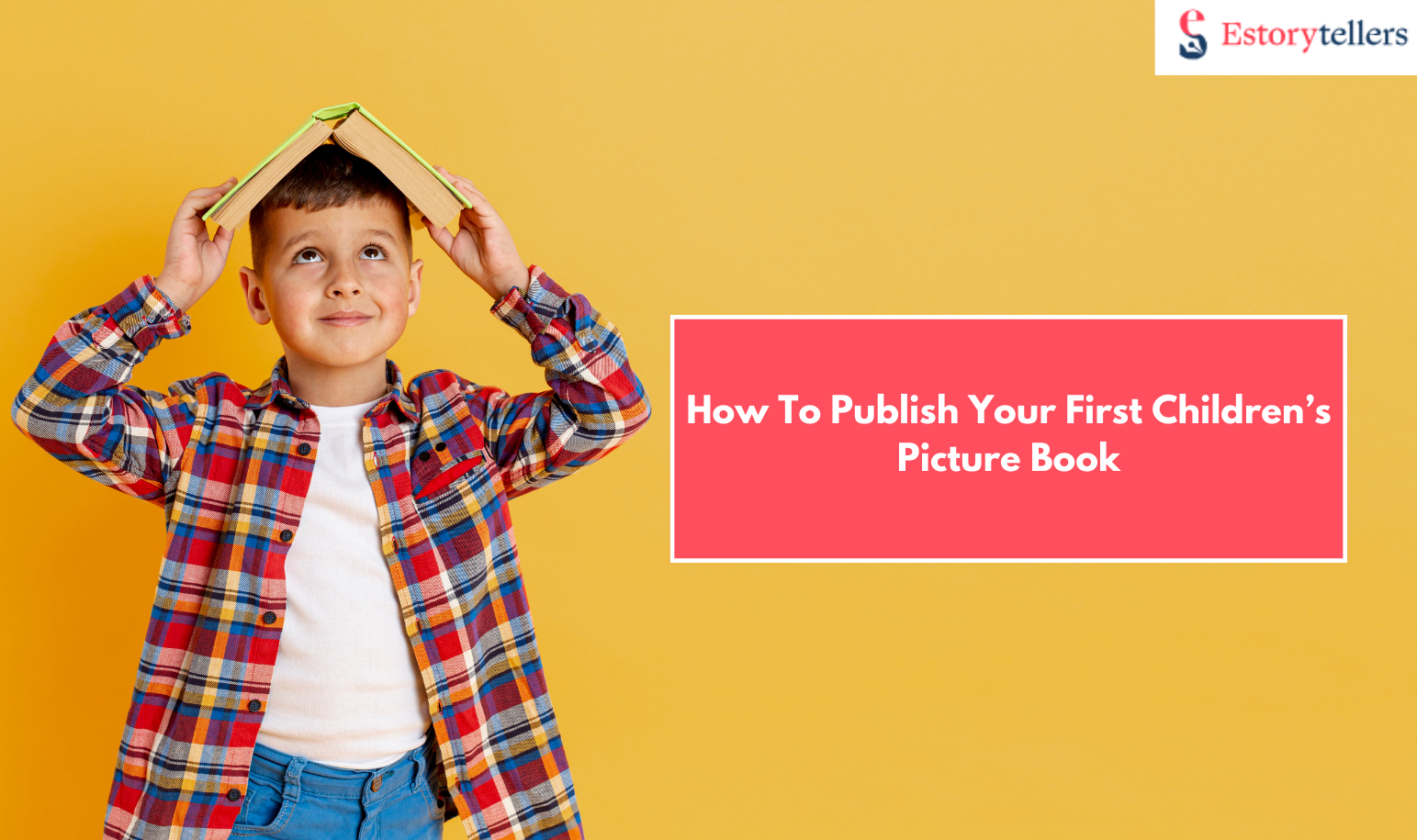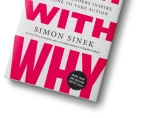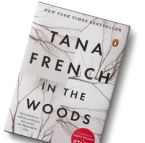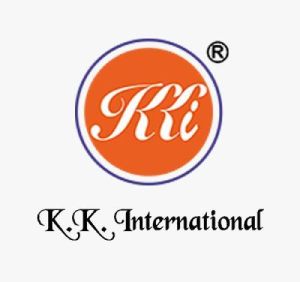
Those bright stories you loved as a kid stay with you even now. They shaped your world in small but powerful ways. Your own story can do the same for young readers, and learning how to publish children’s picture book work is the first step.
If you’ve written (or are dreaming of writing) a children’s picture book, you’re in the right place. Publishing a children’s picture book can feel overwhelming—especially if you’re doing it for the first time. But don’t worry. You don’t need to figure it out alone.
In this easy, step-by-step guide, we’ll walk you through exactly how to publish a picture book—from writing and illustration to formatting, printing, and getting it into the hands of little readers. We’ll also show you how Estorytellers can help you at every stage with expert writing, editing, formatting, and marketing services built just for children’s book authors.
Let’s get started.
Step 1: Know Your Audience and Your Story
Start with a clear picture of who you want to reach. Age groups guide word count, themes, and layout choices when you publish children’s picture book stories. Picture books for toddlers use simple lines and slow pacing. Early readers need slightly longer scenes. When you plan to publish children’s picture book work that truly connects, match your story to the reader’s stage. This clarity makes it easier to publish children’s picture book projects that feel right for families and educators.
Here’s a quick breakdown:
- Toddlers (0–3 years): Board books with 50–100 words, bright images.
- Preschool (3–5 years): Simple stories, around 500 words, strong rhythm or rhyme.
- Early readers (5–7 years): Up to 1,000 words, simple story arcs, moral lessons.
Knowing your audience will guide everything: word count, sentence structure, page count, and even how you approach illustrations.
Tip: Write like you’re reading aloud. Kids love rhythm, surprise, and repetition.
Make Your Picture Book a Reality
Estorytellers helps you publish beautifully printed children’s books that captivate and educate.
Start Publishing TodayStep 2: Write a Manuscript That Works for Picture Books
Writing a picture book is very different from writing a novel. You have fewer words and more pressure to make each one count.
- Keep it short: Most picture books are between 500 and 800 words.
- Use clear, simple language—but don’t be afraid to use rich vocabulary sparingly.
- Use page turns for surprise. Structure your story to build anticipation every few pages.
- Don’t describe everything. Let the illustrations do half the storytelling.
Once your manuscript is ready, share it with trusted readers or parents. Better yet, read it aloud to a child. Watch where they smile—or where they lose interest.
When you’re ready, Estorytellers can connect you with professional editors who specialize in children’s literature to polish your draft while preserving your voice.
Step 3: Plan the Book Layout
Picture books aren’t just written—they’re designed.
Most traditional picture books have 32 pages, including:
- Title page
- Copyright/info page
- 24-28 story pages
- Author bio or blank end pages
Think about how your story will flow across those pages. Each spread (two pages side by side) should feel like a mini scene, with movement and emotion. Use a rough dummy book or storyboard to sketch out how your text will fall across the pages.
This step is critical—especially before hiring an illustrator or formatting the book.
Step 4: Choose the Right Illustrator
Illustrations are everything in a children’s book. They aren’t just decoration—they’re part of the storytelling.
If you’re not an illustrator yourself, here’s what to consider when choosing one:
- Style: Find an illustrator whose tone matches your story—playful, soft, quirky, or bold.
- Experience: Ideally, pick someone who has worked on children’s books before.
- Process: You’ll want someone who sketches, sends drafts, and takes feedback.
You can hire illustrators independently or work with a full-service publishing partner like Estorytellers, who will match you with trusted illustrators and manage the collaboration.
Perfect Every Page
Our children’s book editors fine-tune your manuscript to ensure clarity, rhythm, and age-appropriate language.
Edit with EstorytellersStep 5: Edit, Edit, Edit
Once your illustrations and text are done, it’s time to clean everything up. This includes:
- Copyediting: Correct spelling, punctuation, and grammar.
- Line editing: Polish tone, rhythm, and readability.
- Proofreading: A final scan for formatting errors and typos.
Even if you’ve read your story 20 times, a professional editor will catch things you won’t. Estorytellers offers detailed children’s book editing that ensures your story shines on every page.
Step 6: Format the Book for Print and Digital
This is where things get technical—but it’s super important.
Your picture book must be formatted properly for whichever route you choose—print-on-demand (POD), eBooks, or offset printing.
Key formatting details:
- Standard trim sizes: 8.5” × 8.5” (square), 8” × 10” (portrait), etc.
- Resolution: 300 DPI images
- Bleed and margins: ensure your illustrations extend to the edges
- File types: PDF for print; EPUB for digital
Estorytellers provides formatting and layout design tailored for children’s books. They’ll help you avoid printing disasters and get everything looking bookstore-ready.
Step 7: Choose a Publishing Method
You have two major options:
1. Traditional Publishing
This means submitting your manuscript to children’s book publishers or literary agents. If accepted, the publisher handles the editing, illustration, printing, and distribution.
Pros:
- Zero upfront cost
- Greater bookstore reach
Cons:
- Long waiting times
- Highly competitive
- Less creative control
2. Self-Publishing
You manage everything—editing, illustration, formatting, printing, marketing. You also keep all rights and most of the profit.
Pros:
- Complete creative freedom
- Faster publishing timeline
- Higher royalties
Cons:
- You cover upfront costs
- You do the marketing (or hire help)
If you go the self-publishing route, Estorytellers can guide you from manuscript to Amazon listing, handling all the heavy lifting along the way.
Publish a Picture Book That Pops
From illustrations to global distribution, Estorytellers makes children’s book publishing simple, beautiful, and stress-free.
Publish with EstorytellersStep 8: Print Your Book
Once formatted, it’s time to print!
Popular platforms for printing children’s books include:
- Amazon KDP (great for selling on Amazon)
- IngramSpark (for broader bookstore and library distribution)
- Local offset printers (if you want premium print runs or board books)
Request a proof copy before placing a full order. Hold it, flip through it, check for typos, print quality, and alignment.
Estorytellers can manage this process for you—including helping you choose the best printing options based on your budget and goals.
Step 9: Market Your Picture Book
Once your book is printed, the real fun begins—getting it into readers’ hands!
Here are a few easy marketing ideas:
- Launch on social media: Share your story behind the book, artwork sneak peeks, and preorder links.
- Reach out to parenting bloggers: Offer review copies.
- Host a virtual storytime: Invite friends, family, and parents to hear you read your book live.
- Get local: Contact schools, libraries, or bookstores for readings or author events.
Estorytellers also provides book marketing services—from writing your blurb and creating Amazon listings to launching your social media promotions.
Design That Delights
From layout to font, Estorytellers formats your children’s book for both print and digital platforms with visual charm.
Get Your Book FormattedStep 10: Celebrate and Keep Going
Publishing a picture book is a huge achievement. It takes creativity, patience, and courage. Celebrate your hard work!
Then, take feedback, learn from the process, and start thinking about the next story. Children’s books often work well in series—so if your character has more adventures in them, keep writing!
Final Thoughts: Your Story Deserves to Be Shared
If you’ve made it this far, it means you care deeply about telling a story that matters. Maybe it’s about friendship, imagination, or just something silly that makes kids laugh. Either way, your voice matters.
There’s nothing quite like hearing a child giggle—or seeing their eyes light up as they follow your words and images across a page.
Whether you’re a parent, teacher, dreamer, or storyteller, your children’s book deserves to be read. And when you’re ready, Estorytellers is here to help you bring that book into the world—one delightful page at a time.
Let’s make your story real.
Read More Blogs On Children’s Book Publishing:
The 5 Best Children’s Book Publishers for First-Time Authors With Big Dreams






























